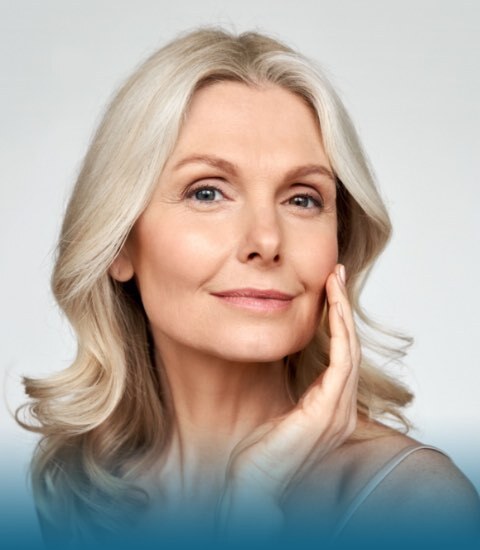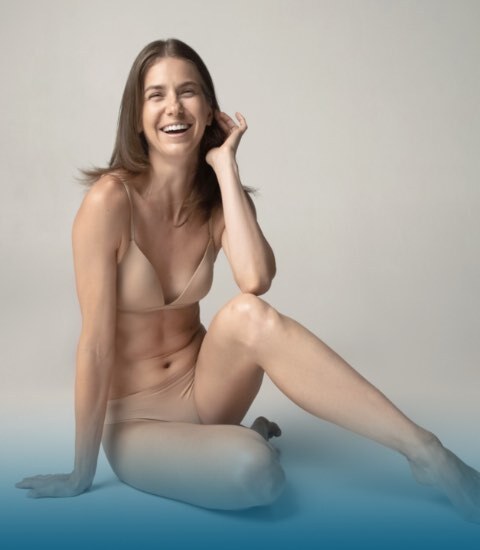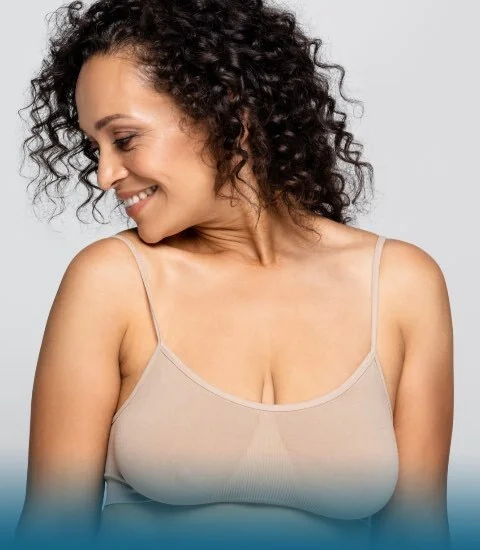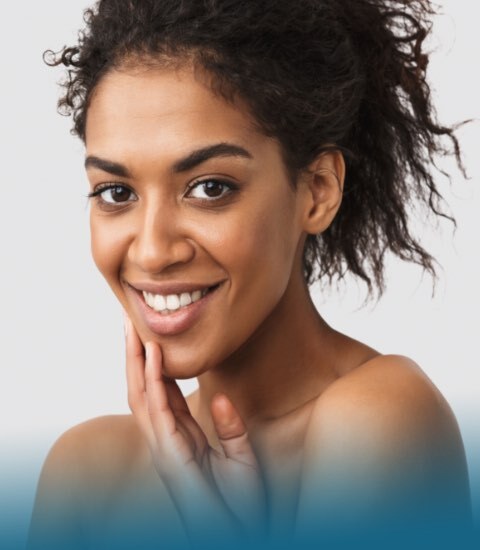Laser
in Rogers, Bentonville, Fayetteville, Springdale Arkansas
Laser skin resurfacing, also known as a laser peel, laser vaporization and lasabrasion, can reduce facial wrinkles, scars, and blemishes. Newer laser technologies give our experienced team here at Taylor Plastic Surgery and Skin Center a new level of control in laser surfacing, permitting extreme precision, especially in delicate areas.
What laser skin resurfacing can improve
- Fine lines or wrinkles around or under your eyes, forehead or mouth
- Scars from acne or chickenpox
- Non-responsive skin after a facelift
- Aged or sun-damaged skin
- Liver spots
- Improve your complexion if you have yellowish or grayish skin tones
- Warts
- Birthmarks such as linear epidermal nevi
- Enlarged oil glands on the nose
How does laser skin resurfacing work?
It’s all about using beams of light. Your surgeon uses the laser to send short, concentrated pulsating beams of light at irregular skin. This removes unwanted, damaged skin in a very precise manner one layer at a time.
Laser skin resurfacing’s targeted approach means there are fewer problems with hypopigmentation, or a lightening of skin, for procedures such as laser acne scar removal.
The laser beam used in laser resurfacing will remove your outer layer of skin, called the epidermis. It simultaneously heats the underlying skin, called the dermis. This action works to stimulate growth of new collagen fibers. As the treated area heals, the new skin that forms is smoother and firmer.

